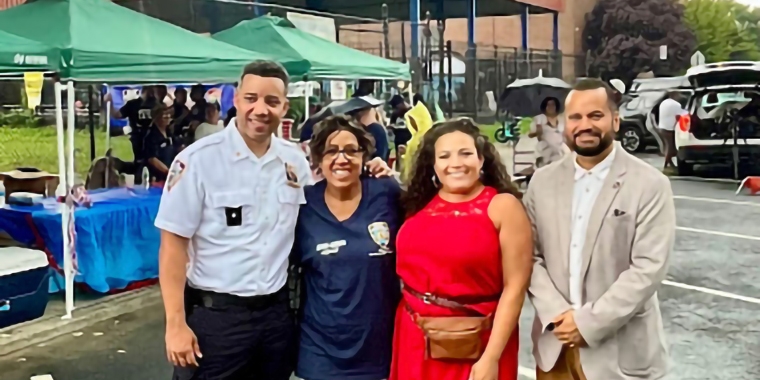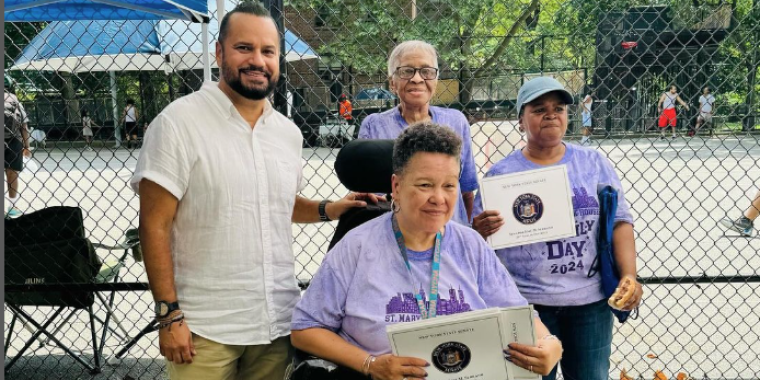
Senator Serrano Testimony on Lower Concourse Rezoning Before the City Council Zoning and Franchises Committee
José M. Serrano
June 24, 2009
June 23, 2009
I would like to thank Chair Avella and the members of the Committee for the opportunity to present testimony today.
Since last June, when I submitted comments as part of the Public Scoping Meeting, New York City has witnessed great change.
The downturn in the financial sector has underscored the need to diversify our economy. I applaud the focus on mixed-use development and light manufacturing in the rezoning plan. City Hall must do everything it can to ensure such proposals are implemented successfully, with comprehensive job access for local residents.
The economic decline has further intensified the need for income-oriented housing in the South Bronx. While residents are making less money than one year ago, their rents have not dropped in a corresponding fashion. At the State level, I will continue to fight for stronger rent laws, in particular through repeal of vacancy decontrol. But it remains incumbent on the City to develop homes that are affordable for Bronx families.
What has not changed since last year is the state of the Harlem River. Representing a Senate district that straddles this waterway, I am disgusted by the high levels of Combined Sewer Overflow (CSO) following each rain storm. While positive steps have been taken to improve, for example, Jamaica Bay, the Harlem River is still rife with CSO contamination.
I offer two recommendations for CSO mitigation in the context of the Lower Concourse rezoning. First, the City must commit to working with environmental agencies at all levels of government to develop a comprehensive plan to protect the Harlem River, and thus enter into compliance with federal law.
The South Bronx community will certainly embrace the 9-acre waterfront park in the rezoning plan, but only so long as that water is free from disease and foul odor.
Second, the City must work to foster a greater understanding of the river’s unique ecology, and the important role it plays in the overall environmental health of the Bronx. Grassroots organizations have been at the forefront of this campaign for decades, and the City would do well to work in concert with them, and build upon their leadership.
As such, the City should consider designating the land just north of the Third Avenue Bridge, at the terminus of Park Avenue, as a priority public access area. This parcel has long served as a launch point for canoes and kayaks, enabling local organizations to introduce countless Bronx residents to the river.
Turning this into a more formal and well-funded park will leverage tremendous amounts of community support and sweat equity behind governmental mitigation efforts. It’s important to note the proposed 9-acre park to the north does not include a single launch point, due to a rail line along the river bank.
I wish to express sincere gratitude for your consideration of these remarks and recommendations. Moreover, please consider me an ally at the State level in your efforts to rezone this area in a way that most effectively benefits long-standing residents and the environmental health of the South Bronx.
###

